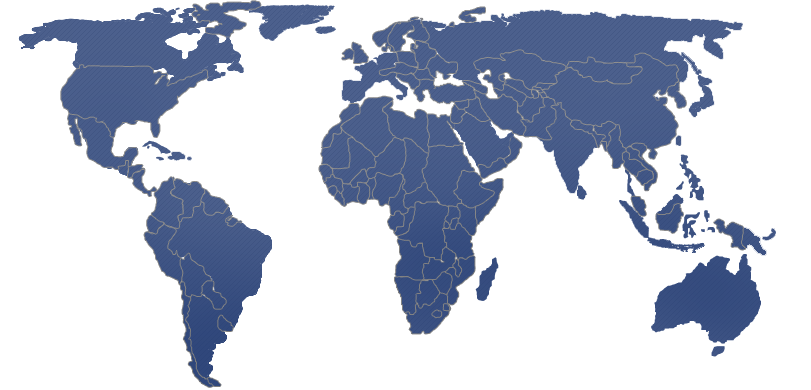At top colleges, the term underrepresented minority (URM) is used narrowly to refer to black, Native American, and Hispanic applicants; admissions rates among these groups have been historically low. Top colleges strive to create racially, ethnically, and socioeconomically diverse classes, so URM applicants tend to have improved chances of being admitted.
Of course, the pursuit of diversity affects more than just URM applicants. Top-tier colleges give special consideration to serious applicants from rural, low-income backgrounds as well as to all first-generation college applicants, regardless of race. Admissions officers tend to weigh these applicants’ test scores and academic records against the resources, support, and opportunities they have.
It is important for you to consider these factors when compiling an admissions profile. Even if you are a nonminority applicant, the principle of diversity still applies to you. By emphasizing what sets you apart from the norm, you can improve your chances of admission. Of course, this is especially true for URM applicants.
Therefore, if you are black, Native American, or Hispanic, your chances of admission to a select college will be somewhat higher, but by no means guaranteed. If you are a URM applicant, the best thing you can do is develop a strong admissions profile that stands out on its own. The more you add to campus diversity, the stronger your profile will be.
Below, we examine how the term “underrepresented minority” departs significantly from the term “minority.”
“Underrepresented Minority” Versus “Minority”
The terms “minority” and “underrepresented minority” are often conflated. The former term is well-understood by most people, while the latter requires some context.
In the context of college admissions, not all traditional U.S. minorities are considered URMs. URMs are black, Hispanic, and Native American applicants—often including Alaskan Natives, Hawaiian Natives, and Pacific Islanders. For example, Asian Americans, while a U.S. minority, are not considered URMs because their enrollment levels at top colleges are relatively high.
Also, African Americans are a U.S. minority, but black international students from Africa are not. And while colleges should classify students from Africa as international—not minority—this isn’t always the case. The same issues arise when considering Hispanic students—Central and South American international students may be presented as minority students to make the college appear to have a higher minority count.
Note that while such international students would not be viewed as URM applicants during admissions, top colleges may classify them as minority students once they have been admitted. These colleges generally want to have as high a level of diversity as possible.
It is important to understand the distinction between URM applicants and U.S. minority applicants: unless you are a URM applicant, minority status will likely have little impact on your chances of admission. On the other hand, being a URM applicant can significantly increase your odds of being admitted.
As mentioned earlier, the key to being admitted to a top college is to make your admissions profile stand out. Therefore, you need to craft a unique, personal theme and narrative. All of the elements of your admissions profile—the essay, transcript, extracurricular activities, and more—should complement your theme and narrative. We would be happy to guide you throughout the college application process; our Ivy League admission strategies have helped students gain admission to prestigious schools such as Harvard, Columbia, Yale, and more.






